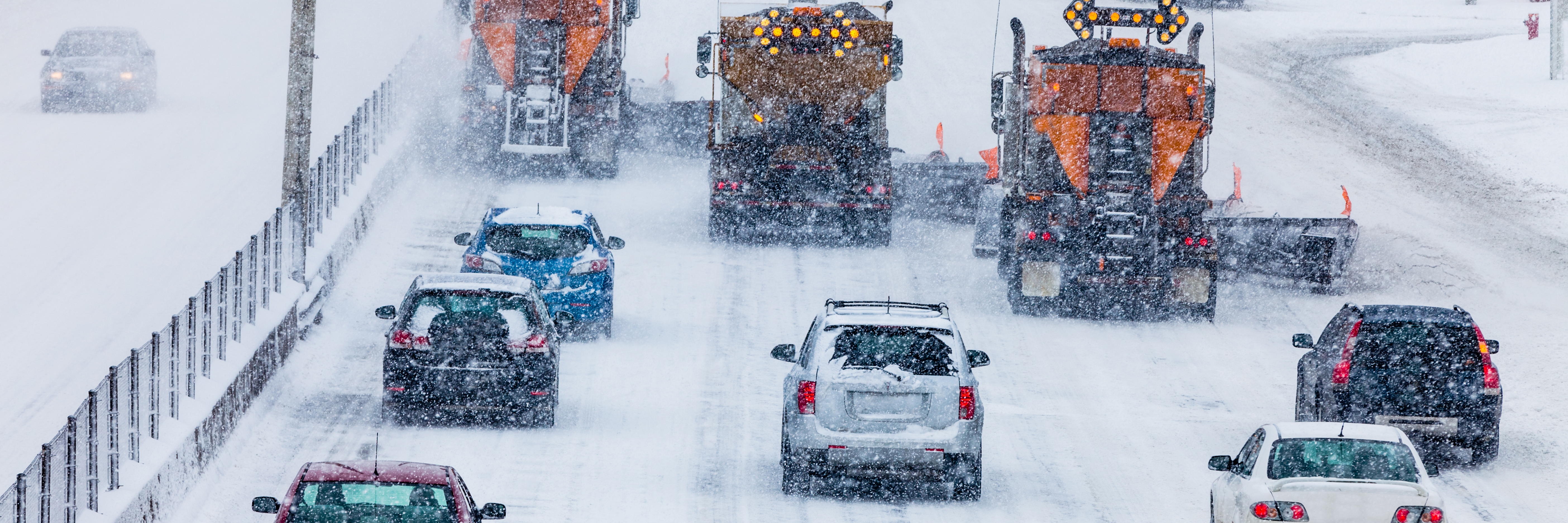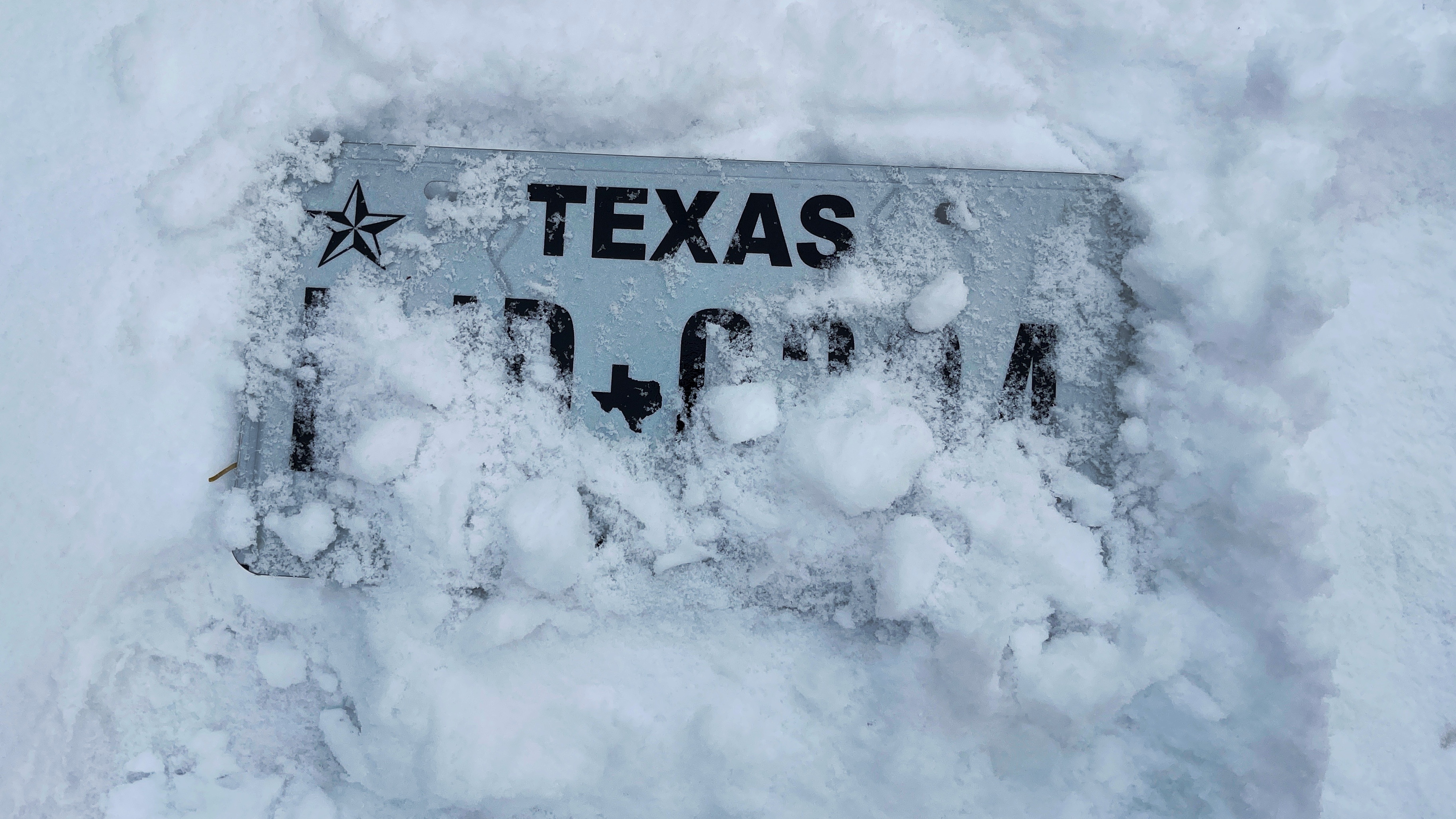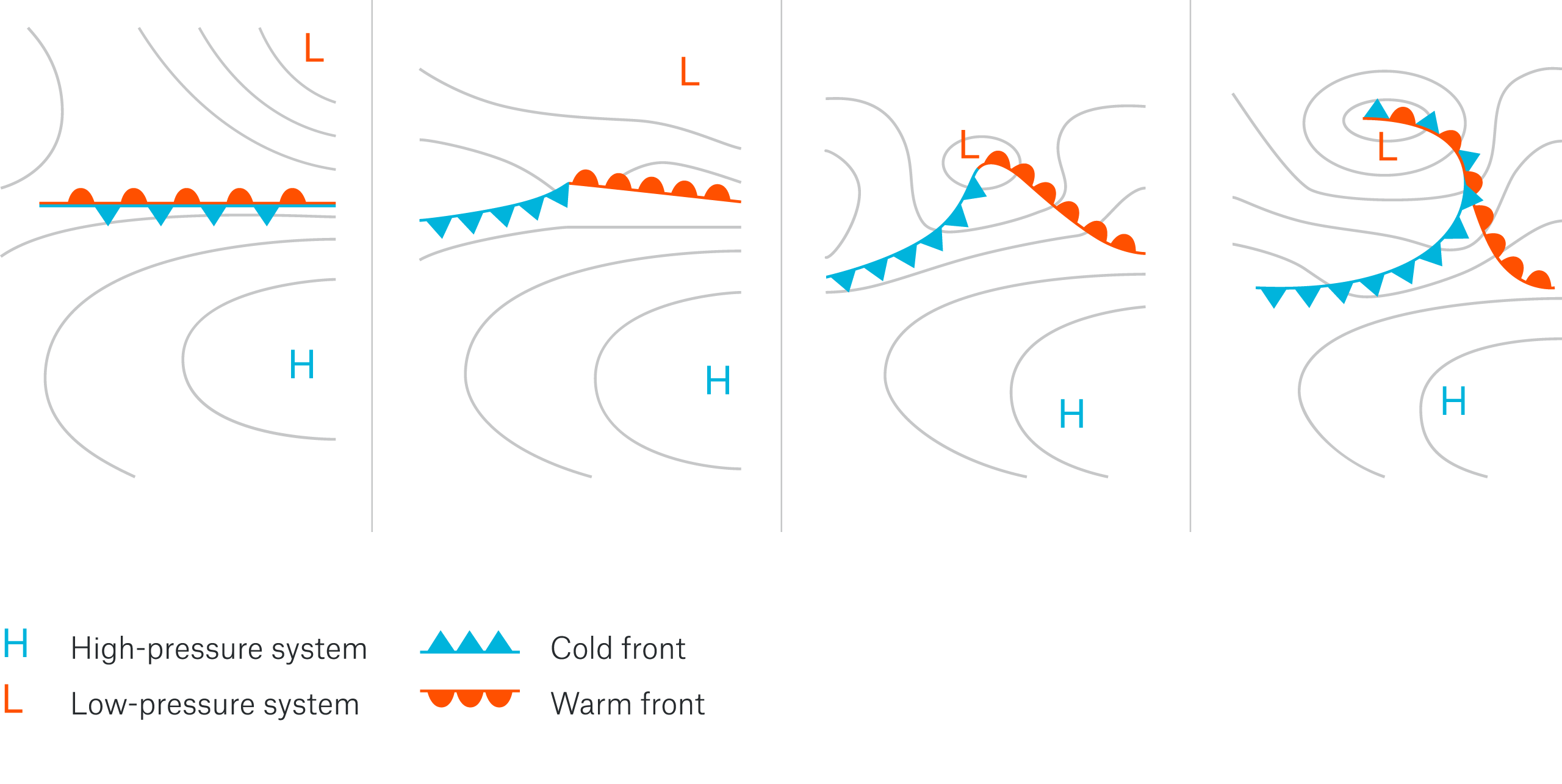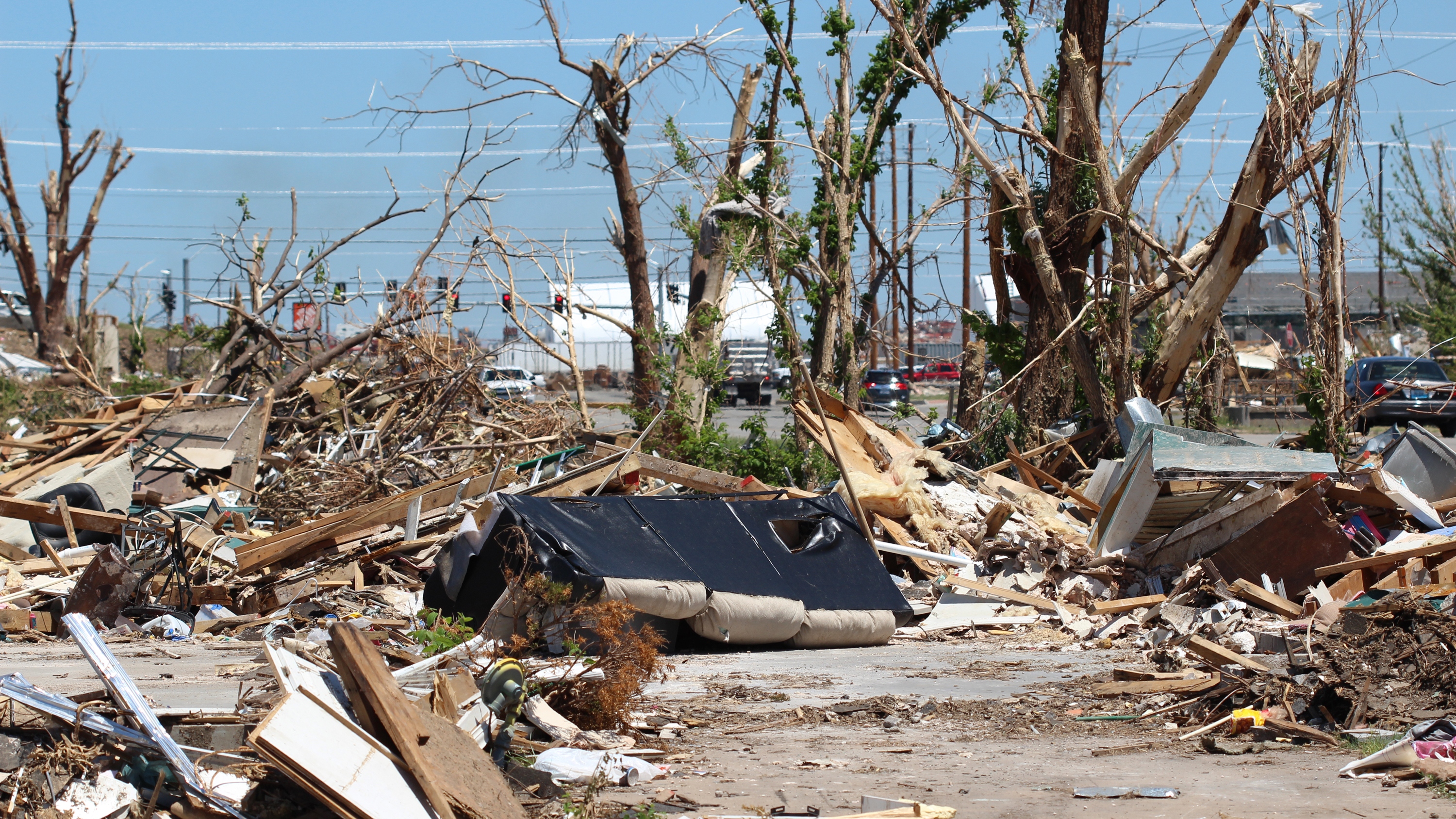
Winter storms and blizzards
A risk to entire continents
properties.trackTitle
properties.trackSubtitle
Winter storms and blizzards affect North America and Europe the most

Losses from winter storms come chiefly from damage to buildings, vehicles and infrastructure, with wind speeds frequently exceeding 160 km/h. They can also bring heavy snowfall or freezing rain, as with blizzards in North America. Business interruption losses are also increasing, for example when storm damage or large amounts of snow and ice cripple infrastructure.
In February 2021, a powerful winter storm front – also known as winter storm Uri – brought exceptional icy temperatures as far as the southern USA. Millions of people were left without electricity for lengthy periods, with the result that water pipes in many buildings froze and then burst. With overall losses of around US$ 30bn, it is the world’s costliest winter storm to date. Roughly half of the losses were insured.
What makes winter storms so dangerous?
Winter storms differ from tropical storms not only in terms of their areas of formation and tracks, but also with regard to intensity and geographical spread. They form in the transition zone between subtropical and polar climate zones. When bursts of cold polar air meet subtropical warm air masses, large low-pressure vortices are generated. The strongest storms occur in late autumn and winter, when oceans are still warm but the polar air is already cold – hence the designation winter storm. Maximum wind speeds are 140–200 km/h, considerably lower than those of severe tropical cyclones. However, speeds well in excess of 250 km/h are possible in exposed coastal locations and on higher mountains. The wind fields can be as much as 2,000 km wide, so that huge loss amounts can result from a large number of minor losses.
Ice and snowstorms (blizzards) are other types of winter storm. They can inflict damage through ice or snow pressure in the same way as other extratropical storms, but damage from the latter comes mainly from high wind speeds. Severe blizzards on the northeast coast of the US and Canada, where they are referred to as “nor’easters”, can be particularly destructive.
The formation of a winter storm

An air mass boundary forms between cold polar air in the north and warm subtropical air in the south. The heavier cold air starts moving southwards close to the surface.
At the same time, the warm air advances northwards at higher levels, with the result that the pressure at the centre of the turbulence falls. The faster cold air catches up with the warm air and the two mix – leading to the formation of vortices.
Stormy weather ahead: the influence of climate change
The large number of claims coupled with the relatively moderate average individual loss amount mean that prevention plays a key role in reducing the loss burden. At the same time, it is critical that insurers know precisely what factors influence the frequency and intensity of winter storms. Whilst natural climate oscillation has influenced certain years, and storms balance each other out in the long run, climate change still needs to be carefully analysed as a risk of change.
Climate change studies offer contrasting projections regarding the number of winter storms. These scientific studies indicate that the risk of severe winter storms, and possibly also autumn storms, from the North Atlantic to central Europe could increase in the 21st century, while the overall number of storms is likely to decrease.
Challenges for risk assessment and risk management
Winter storms often come with secondary perils that can vary strongly from region to region. The risk spectrum ranges from periods of warm air with temperatures in the double-digit Celsius range, acute snowmelt, sudden drops in temperature, heavy precipitation (in the form of snow, rain or freezing rain) to drifting and compacting ice in rivers or coastal areas.
A winter storm may also be followed by extreme frost. Business interruption – for example due to flight cancellations when an airport has to close – can significantly impact businesses and commercial enterprises, thereby substantially pushing up overall losses.
Reinsurance solutions
Industry solutions













